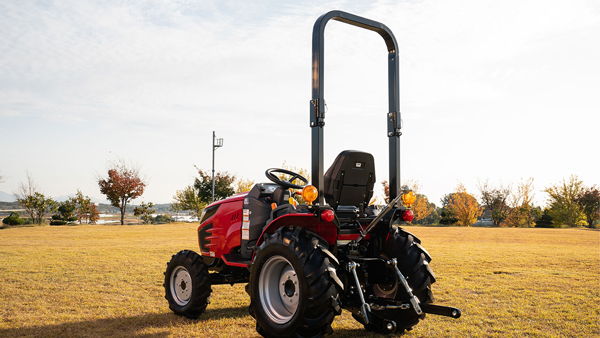
When appropriately used, tractors are generally safe to use. However, using the machine in poor condition, losing safety guards and devices, or haphazard driving could lead to unsafe and dangerous situations.
Occupational safety groups classify most tractor-related injuries into four categories: overturns, run overs, power take-off entanglement, and old tractors. Among these categories, overturns account for a majority of tractor-related fatalities and injuries.
Hazards of overturning
When a tractor tips over sideways or backward, the operator could get thrown off the seat and get pinned down or crushed by the tractor. Some common reasons why a tractor overturns are:
- Turning or driving too close to the edge of an embankment
- Driving too fast on rough or bumpy roads
- Hitching on somewhere other than the drawbar to pull or tow objects
- Turning sharply when a front-end loader is raised high
Following proper operating and safety precautions can help prevent any grave injuries caused by overturning. While overturning cannot be prevented, tractors are fitted with a rollover protective structure (ROPS) that can lower the risk of injuries.
Rollover protection structure (ROPS)
A rollover protection structure can be a roll bar or a cage frame that creates a protective space around the operator when a tractor overturns. Tractor cabins fitted with ROPS also come with seatbelts, and when installed correctly, can drastically lower the chances of injuries.
